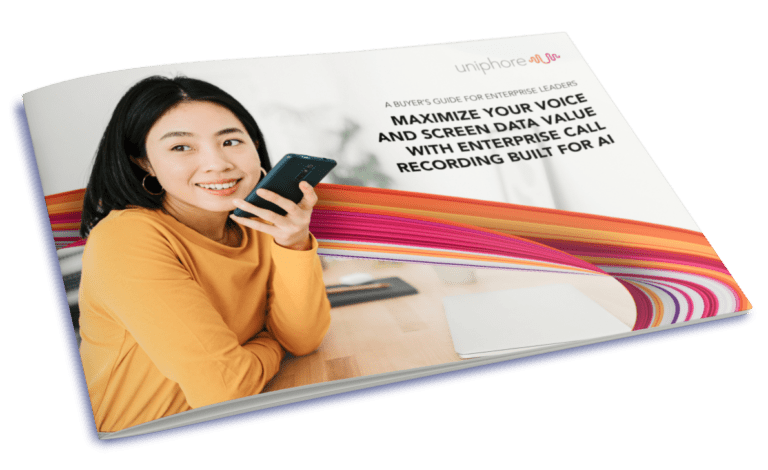Compliance is an essential part of customer service, particularly within highly regulated industries such as healthcare and financial services. It ensures customers are informed of their rights and aware that their call may be recorded for a variety of reasons. It sets guidelines for call center interactions, outlining how call recordings may be used and what responsibilities companies have in maintaining customer privacy and securing personal data. It is also incredibly complex. To successfully navigate call center compliance in today’s highly regulated business environment, organizations must rethink their approach to compliance and embrace new innovations that drive accuracy, agility and resource efficiency.
The situation: call compliance has become increasingly complex
Compliance rules vary from industry to industry and often include national and local regulations, both of which are constantly evolving. In the United States, the Dodd-Frank Wall Street Reform and Consumer Protection Act requires contact centers to record, timestamp and store virtually all customer phone conversations for a period of time based on industry. To ensure customers are aware that their call will be recorded, the Federal Communications Commission (FCC) requires companies to provide prior notification. That’s just on the national level.
On the local level, 13 states currently require two-party consent to maintain call recording compliance. But even here, variations abound. In Connecticut, for example, two-party consent is only required if the call is being recorded by a third party; for in-person calls, one-party consent is enough. Similar variations exist for Colorado, Nevada and Oregon.
The problem: adapting to shifting compliance rules is costly
Enterprises spend a lot of time and resources maintaining and adjusting recording policies to comply with evolving regulations. That’s because, until recently, compliance monitoring was a largely manual task. Teams of human auditors would listen to post-call recordings and flag potential compliance issues. While sufficient for small call batches, this method cannot keep pace with today’s massive call volumes.
Businesses that continue to rely on manual compliance auditing frequently lose calls or fail to record them. In fact, some estimates suggest that between five percent and eight percent of calls are lost or not recorded for a variety of reasons. Often organizations aren’t aware of lost calls until they are required to find them—usually by a governing body. Those that fail to comply with recording guidelines can face steep penalties. On November 28, 2023, the Consumer Financial Protection Bureau (CFPB) issued a $12 million civil money penalty against Bank of America for not complying with recording protocols for new loan applicants.

The solution: an open recording strategy that leverages AI
Businesses today are turning to artificial intelligence for a variety of compliance-related tasks, including automating disclosures and checking communications for signs of noncompliance. While these applications have been a boon for organizations looking to shed costs and boost efficiency, AI has only recently penetrated the resource-intensive world of call recording. That’s largely due to low call recording quality and limited access to files recorded on third-party platforms. AI needs massive amounts of high-quality, structured data to operate efficiently. The low-quality, unstructured data that most recording solutions captured—and that vendors were willing to share—wouldn’t cut it. All that, however, has changed.
Using open APIs—unrestricted application programming interfaces—next-generation recording solutions, like Uniphore’s U-Capture, allow businesses to capture high-quality, AI-ready data from existing call recording systems and analyze it for compliance issues using advanced speech analytics. The platform also allows teams to easily build and update complex compliance policies with fully open system management APIs, automated and manual sensitive information suppression and automated quality assessment. As a result, organizations can now accurately monitor 100 percent of calls for compliance and quality assurance—at a fraction of the time, effort and cost it would take human auditors to complete the same task.
By opening up call recordings to the power of AI and analytics, businesses and their call centers can build better, more cost-effective compliance strategies. They can adapt quickly to changing rules and regulations. And they can ensure that every call receives the attention it deserves. That’s good news for businesses and their customers alike.
)
